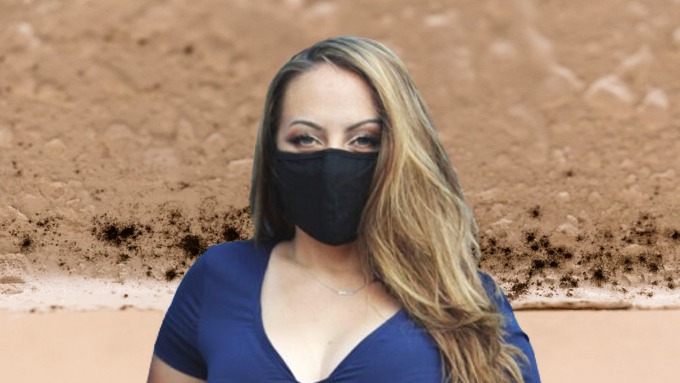How to Kill Mold
Effective Tips and Techniques for a Mold-Free Home
A very common problem that many homeowners face is mold infestation. Not only does it look unsightly, but it can also pose serious health risks. If left untreated, mold can cause allergies, respiratory issues, and even structural damage to your home. In this article, we will discuss some effective tips and techniques to help you kill mold and maintain a mold-free home.Identifying the Problem
The first step in killing mold is to identify the areas affected by mold growth. Mold commonly thrives in damp and poorly ventilated spaces such as bathrooms, kitchens, basements, and attics. Look out for visible signs of mold, such as black or green patches on walls, ceilings, or floors.Preventing Mold Growth
Prevention is always better than cure when it comes to mold. Here are some preventative measures you can take:- Keep humidity levels in your home below 50%. Use dehumidifiers if necessary.
- Ensure proper ventilation in areas prone to moisture, such as bathrooms and kitchens.
- Fix any leaks or water damage immediately.
- Use mold-resistant paints or additives when painting your walls.
- Avoid carpeting in areas with high moisture levels.
- Regularly clean and inspect your gutters and drainage systems.
Removing Mold From Hard Surfaces
If you spot mold on hard surfaces like tiles, countertops, or glass, you can use the following techniques:- Vinegar: Vinegar is a natural mold killer. Spray or wipe undiluted white vinegar onto the affected area and let it sit for an hour. Scrub the surface with a brush, rinse it with water, and dry it thoroughly.
- Hydrogen Peroxide: Mix hydrogen peroxide with water in a spray bottle. Spray the solution onto the moldy surface, let it sit for 10 minutes, scrub it, rinse with water, and dry.
- Baking Soda: Create a paste by mixing baking soda with water. Apply the paste to the moldy surface, scrub it gently, rinse with water, and dry.
- Bleach: If the area is non-porous, you can use a diluted bleach solution (1 cup bleach per gallon of water). Apply it to the moldy surface, let it sit for a few minutes, scrub it, rinse thoroughly, and allow it to dry completely.
Killing Mold on Porous Materials
Mold can also grow on porous surfaces such as drywall, carpets, fabrics, and wood. When dealing with mold on these materials, it's best to seek professional help. However, if the mold growth is minor, you can try the following methods:- If the item is washable, like fabrics, wash them in hot water with detergent and a cup of white vinegar. Dry them under the sun.
- Dry out the affected area completely. Mold thrives in damp conditions, so using fans or dehumidifiers can help to dry out the surface.
- If the mold growth is extensive, it's best to dispose of the item to prevent further contamination.
Maintaining a Mold-Free Home
Once you have successfully eliminated mold from your home, it's important to take preventive measures to maintain a mold-free environment:- Clean and dry any water spills or leaks promptly.
- Regularly clean and dry areas prone to moisture, such as bathrooms and kitchens.
- Ensure proper ventilation throughout your home.
- Keep your home well-insulated to prevent condensation.
- Monitor humidity levels and use dehumidifiers if necessary.
- Inspect your home regularly for any signs of mold growth.
Related Posts
 Black Mold Symptoms
Black Mold Symptoms
 Effective, Efficient, Keeps Your Home Safe. Welcome to Authority Mold Removal. We are nationwide mold remediation experts. Call us today with your questions so you can make your home safe again.
Effective, Efficient, Keeps Your Home Safe. Welcome to Authority Mold Removal. We are nationwide mold remediation experts. Call us today with your questions so you can make your home safe again.Useful Links
Contact Info
24-Hour Service 646-389-9595admin@authoritymoldremoval.com
277 Park Ave, New York, USA
